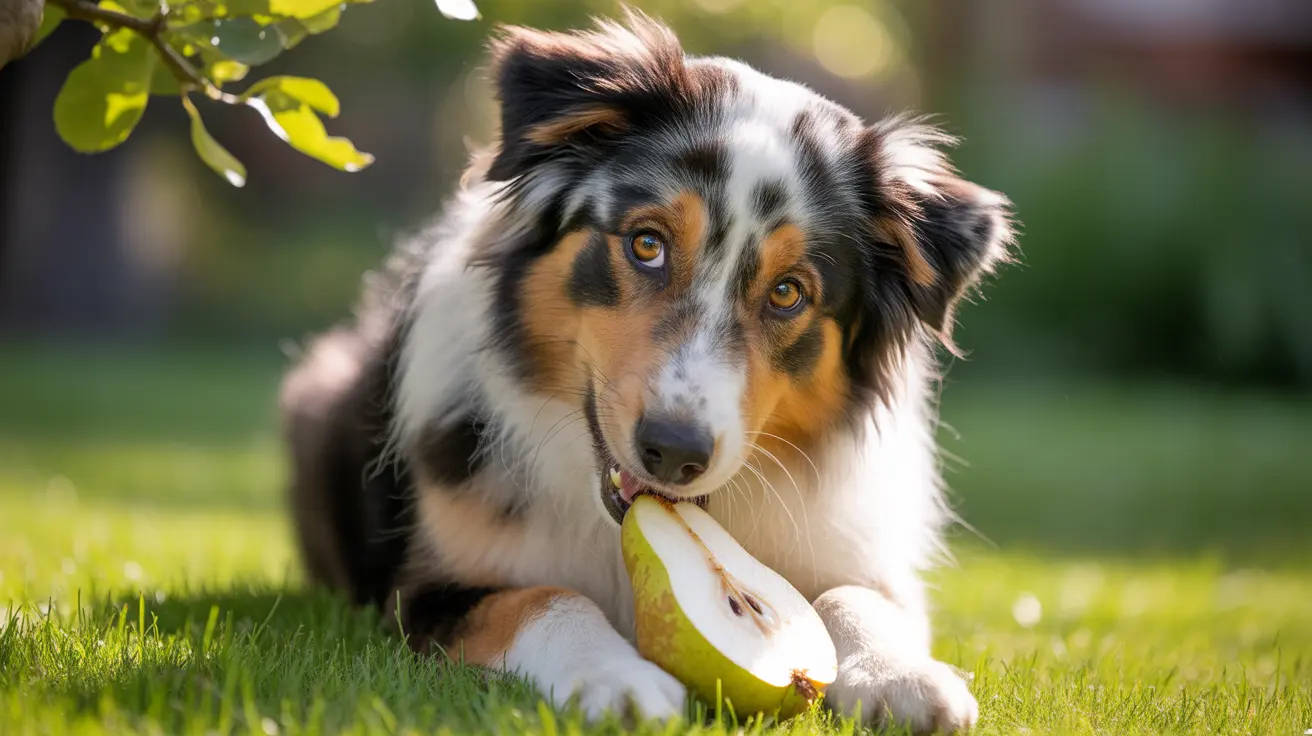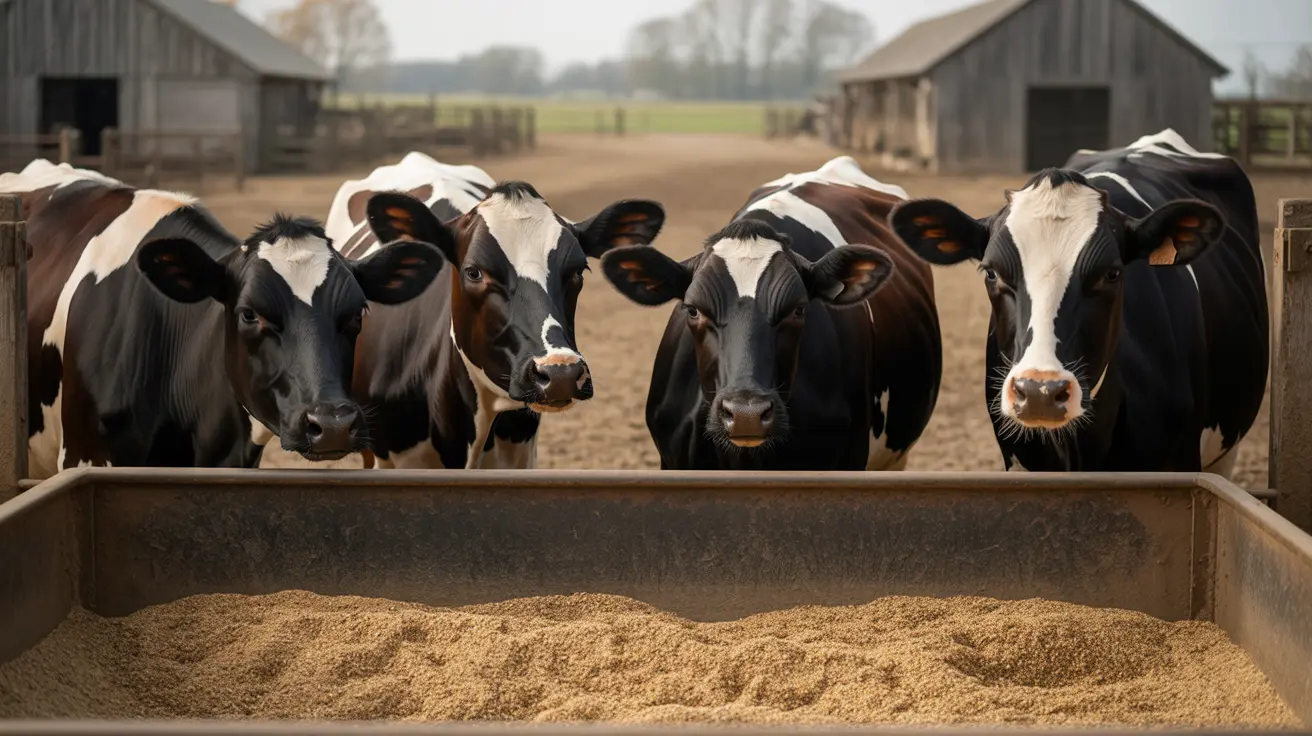Understanding Soft Cat Food: What It Is and Why Cats Love It
Soft cat food holds a special place in the hearts (and stomachs) of many felines. If you've ever wondered what sets it apart from other types of cat food, you're not alone. Let's dive into what makes soft cat food unique, why it's beneficial, and how to choose the right one for your furry companion.
What Exactly Is Soft Cat Food?
Soft cat food refers to any commercial or homemade feline diet with a moist, tender consistency. Unlike dry kibble, which is crunchy and low in moisture, soft options are typically wet or semi-moist. They come in various forms—think pâtés, gravies, morsels in sauce, or even shredded meat blends. The defining feature is their high moisture content and easy-to-chew texture.
Types of Soft Cat Food
- Wet Canned Food: Usually packed in cans or pouches, this type is rich in water and often mimics the texture of real meat.
- Semi-Moist Food: These are softer than kibble but not as wet as canned varieties. They're often shaped like small nuggets or chunks.
- Homemade Soft Diets: Some pet owners prepare fresh meals using cooked meats and broths for extra tenderness.
Why Choose Soft Cat Food?
Cats can be picky eaters, and many prefer the aroma and mouthfeel of soft foods. But there's more to it:
- Easier to Chew: Older cats or those with dental issues benefit from the gentle texture.
- Hydration Boost: With higher water content than dry kibble, soft foods help keep cats hydrated—especially important since many cats don't drink enough water on their own.
- Palatability: The rich flavors and aromas entice even finicky felines to eat.
Nutritional Considerations
The nutritional value of soft cat food varies by brand and recipe. Look for formulas that provide complete and balanced nutrition—meaning they contain all essential proteins, fats, vitamins, and minerals your cat needs. Some premium options focus on high-quality animal proteins with minimal fillers or artificial additives.
When Should You Feed Soft Cat Food?
- Cats recovering from illness or surgery often benefit from a softer diet that's gentler on their mouths and digestive systems.
- Kittens transitioning from milk may find it easier to eat moistened foods as they learn to chew solid meals.
- Seniors with missing teeth or sensitive gums thrive on soft textures that don't cause discomfort.
How to Transition Your Cat
If your cat is used to dry kibble but needs (or wants) a softer meal, make changes gradually. Mix small amounts of soft food into their regular diet over several days. This approach helps prevent digestive upset and gives your pet time to adjust to new flavors and textures.
Picking the Right Product
- Read ingredient labels carefully; prioritize real meat sources over by-products or fillers.
- Avoid foods with excessive artificial colors or preservatives if possible.
- If your cat has specific health conditions (like kidney disease), consult your veterinarian for dietary recommendations tailored to their needs.
The Pros and Cons at a Glance
- Pros:
- Easier eating for cats with dental problems
- Adds variety to your pet's diet
- Mimics natural prey moisture levels
- Cons:
- Spoils faster than dry food once opened
- Tends to be more expensive per serving
Caring for Your Cat's Health
No matter which type of food you choose, always provide fresh water alongside meals. Store unused portions according to package instructions—usually refrigerated after opening—to maintain freshness and safety. And remember: every cat is unique! Some thrive on a combination of wet and dry foods; others have strong preferences one way or the other.





